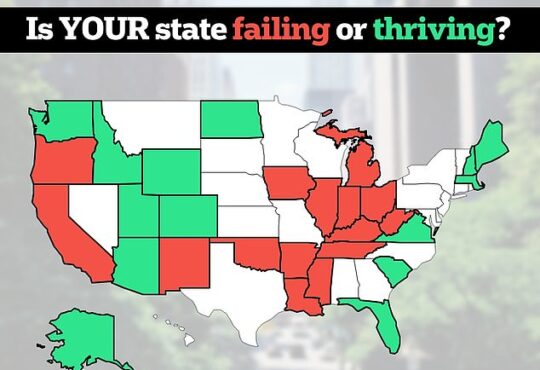
Modern factories, industrial parks, qualified personnel and low production costs are the pillars on which the Moroccan government is boosting its annual vehicle production. In the northern region of the country, Morocco has succeeded in establishing a strong business fabric that last year produced more than 535,000 cars.
The impact on the economy is plausible. According to the latest figures from the country’s foreign exchange bureau, the contribution of the automotive sector reached 13.7 billion dollars. Compared to other large corporations, this figure is even more significant. Exports achieved a growth of more than 30% in 2023. The report details that the increase in the industry’s added value is due to the increase in exports of vehicle construction elements.
A strategic location and connections with Europe are two of the great enablers for the Alawi state. Just 14 kilometres from Spain, Morocco is considered Europe’s gateway to Africa.
This ecosystem has meant that, according to the Africa Financial Afrik website, Morocco has overtaken car-producing countries such as China, Japan and India, all of which are economic superpowers with a long tradition of production in the sector. In turn, Morocco has become the most important supplier and developer in Africa.
The country, which is aware of the potential, has been relentless in its attempts to improve, automate and develop its infrastructure. With a large road and rail network, the north of the country has started on the road to becoming an economic and commercial hub. In particular, the city of Tangier is today one of the most important business centres in the Mediterranean.
The momentum of the port of Tangier Med and its trade agreements with the other ports has not only generated more capital movement but is also an infinite source of jobs for companies that settle in the city.
Added to this, the Government is promoting regulatory measures, all of which are included in the Investment Charter, which will only attract more companies. Among the initiatives already active, the Industrial Acceleration Plan 2014-2020 stands out. This plan was key to the creation and development of the Kenitra and Tangier plants.
Neo Motors, Snop, Renault, Dacia and Stellantis are just a few of the dozens of brands operating in the North African country. Sales of these brands account for 88% of the total number of vehicles developed. The establishment of the best-known multinationals in Morocco is no coincidence. Morocco’s integration into the world economy thanks to free trade has favoured and solidified the Moroccan offer and increased the attractiveness of the region for new investors.
Development and inclusion are the authorities’ priorities. The gender gap indicator is a challenge that Morocco is successfully addressing by reducing the gender gap year after year. The fall is becoming more pronounced since it started to narrow in 2019. The latest data shows that in the Moroccan automotive sector, integration is 63%. Integration is expected to reach 80% by 2030.
In line with standards that are in line with environmental protection and the fight against climate change, Morocco has increased its production of electric cars. In a struggle to make the economy independent of hydrocarbons, Rabat expects electric car production to account for 40% of the total supply in the coming years.






